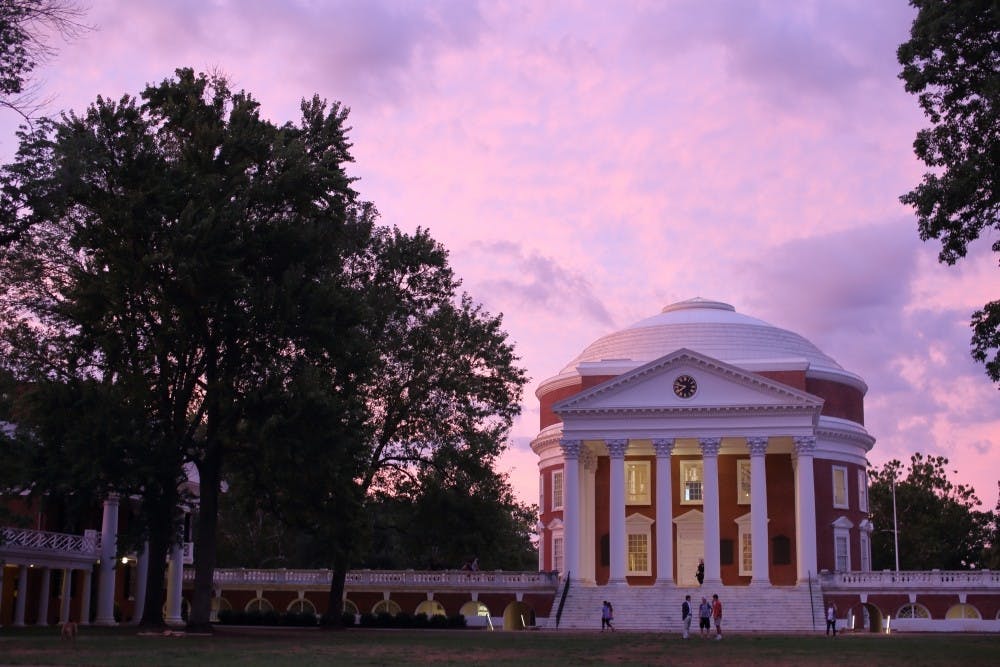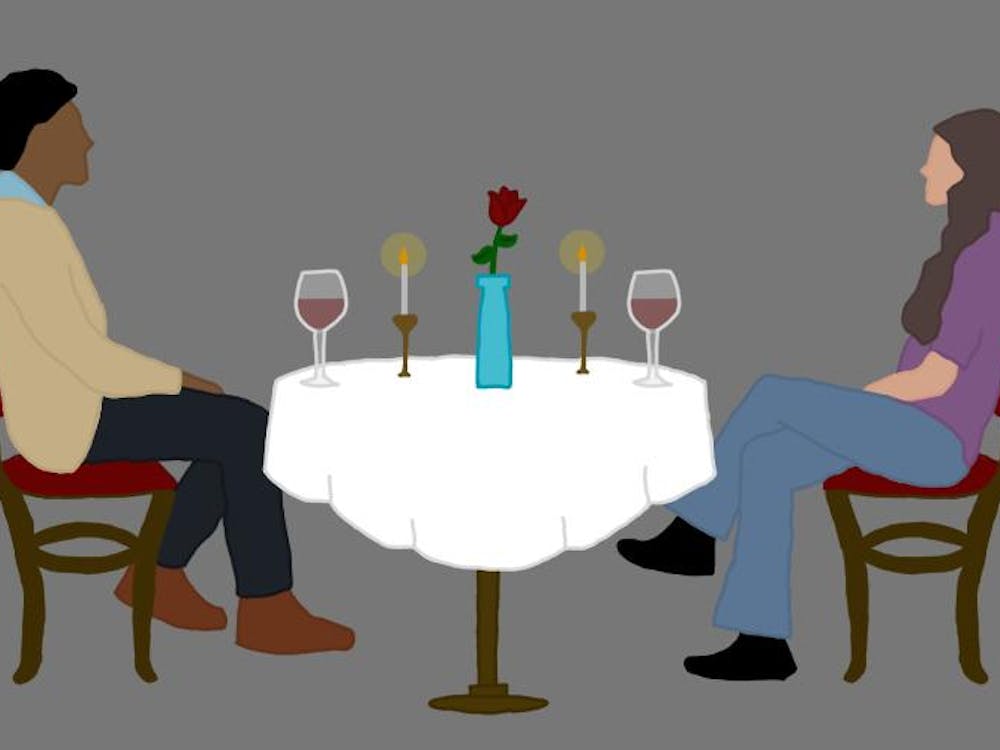In a 1964 interview with Robert Penn Warren, Martin Luther King, Jr. said, “I feel that when a white child goes to school only with white children, unconsciously that child grows up in many instances devoid of a world perspective. There is an unconscious provincialism, and it can develop into an unconscious superiority complex just as a Negro develops an unconscious inferiority complex.”
I think the vast majority of us would eagerly agree that yes, white kids should go to school with black kids, in a confused “I thought Brown v. Board of Education and the Civil Rights Act already handled this?” type of way.
In one way, they did — they legally desegregated our elementary schools, middle schools, high schools and colleges. But did they integrate them?
This semester, I took three classes that all discussed at length the unraveling of segregation nationally and in Virginia. Despite the fact that the courses were offered from three different departments and taught through three different lenses, I was continuously confronted with the same question over and over again — what’s the functional difference between desegregation and integration?
Historically, desegregation was a term used by people in favor of segregation as a means to talk about the disruption of — though absolutely terrible — a system they perceived as natural and right. “Desegregation” was the attack on the way they thought things should be — segregated. Desegregation was a term used to describe a burden. Integration, on the other hand, was a positive term used by people who thought things were finally being corrected to their natural and right state — one of racial equality manifested in physical spaces. Integration is a joy.
I actually found Google’s dictionary, the most reliable of all sources, to be really helpful. Desegregation is defined as “end[ing] a policy of racial segregation in [fill in the place, practice, or institution].” It’s a legal action that ends a previous protocol. To integrate is defined as “bring[ing] people or groups into equal participation in or membership of a social group or institution.” Integration is more than a legal action — it’s a cultural action of acceptance that welcomes others.
Perhaps the simplest way to think about it is this — desegregation is a legal end, while integration is a social beginning.
I struggled to understand that distinction and grasp the way those words continue to function in our society, but I’ve been persuaded that they are necessary terms for our conversation about race relations today.
What we, as students of this University, now have to begin to ask ourselves is this — do we go to a “desegregated” or “integrated” school? We’ve struggled to eliminate segregation — where have we ended up?
Part of this question can be answered with numbers.
On Nov. 11, 1969, The Cavalier Daily published an article entitled “Black Enrollment Hits 1.3% Of Student Body,” to assure eager onlookers. Last semester on Nov. 3, U.Va. Today reassured us that diversity is on the rise with an optimistic reading of enrollment numbers in an article entitled “Diversity Gains.”
Last semester’s report praised the University for increased enrollment in the last five years of “first-year students from the U.S. who self-identify as African-American or as two or more races with one of those being African American” from 7.1 percent in 2012 to 9.1 percent in 2017. Celebrating the two percent increase in five years, it stated that, “Steady improvement in these and other critically important metrics reflects expanded and sustained efforts to connect with and welcome potential students from underrepresented populations.”
However, other University statistics aren’t as promising. These are a few figures I found helpful in gaining a larger perspective.
In one of my three classes, Prof. Claudrena Harold’s Blackfire class, we discussed how the University’s black undergraduate enrollment peaked in 1991 with 1,366 students. Over the past 27 years, that number has declined many times. It has never increased to overcome that ceiling. Since most current undergraduate students have been alive, the University has never enrolled that many black students.
According to 2017 data from the University’s “Diversity Dashboard,” the enrollment of black students has declined 14.3 percent from 1,199 black students in 2009 to 1,049 this year. To put that into perspective, that’s 150 fewer students contributing to a community barely breaking 1,000 — it’s a big difference.
All of this said, in 2009 a change in federal guidelines allowed students to check multiple race categories on University forms, causing students who select both African American and another race categories to be counted in another category entirely. This could undercount the number of students who identify as African American.
But what can this show us? The University has black students — however, the population is small and shrinking.
“Diversity Gains” boasted that, “The University received more than 2,271 applications from African-American students in 2017 — that’s 600 more applications than in 2012. Of those applying, 33 percent were offered admission.” If 749 black students accepted admission at the University, the current total for black undergraduate enrollment could have almost doubled in one admissions cycle. Needless to say, it didn’t.
Perhaps integration has a lot more to do with creating possibilities rather than just removing the barriers that ensure impossibility. In other words, desegregation has a lot to do with the withdrawal of official barriers to entry — it’s no longer impossible, legally, to coexist in public and private spaces. But are people able to seize these opportunities we are boasting of providing?
We have the legal absence of barriers, and we can see that in the two percent black first-year enrollment increase and the 33 percent acceptance rate of last year’s black student applicants. But what would it look like for those students to be culturally encouraged, academically empowered and financially able to accept their offers of admission? Are we offering students a desegregation or an integration?
How can we hold statements like, “First-year minority student enrollment has increased by 38 percent” and “African-American enrollment of first-year students has increased by 41.5 percent” hand in hand with the fact that we haven’t matched a maximum enrollment of black students in almost 30 years? How can we think critically about these questions?
This University is not segregated — six percent of our population courageously proves that. But in a state and City that are both 19 percent black, have we reached integration? Or could we possibly be stuck still in the small, marginal numbers of enrollment and unwelcoming atmosphere of desegregation?
I think if nothing else, I want to challenge us to think about diversity at the University, run the numbers for ourselves and then ask about them. I believe that this question — whether we have achieved integration, or are settling for desegregation — could affect our college experiences — I know it affects the college experience of our black student body.
At their core, these questions about desegregation and integration are about the composition and quality of the conversation at this University — one that is taking place in every classroom, every lecture hall, every dormitory, every frat house, on the Lawn and on the Corner. If you go to this University, who do you get to talk to? Who is shaping you, and who are you shaping in turn?
King finished his remarks to Warren by saying, “If I can't communicate with a man, I'm not equal to him. It's not only a matter of mathematics — it's a matter of psychology and philosophy.”
Sarah Ashman is a Life Columnist for The Cavalier Daily. She can be reached at life@cavalierdaily.com.







